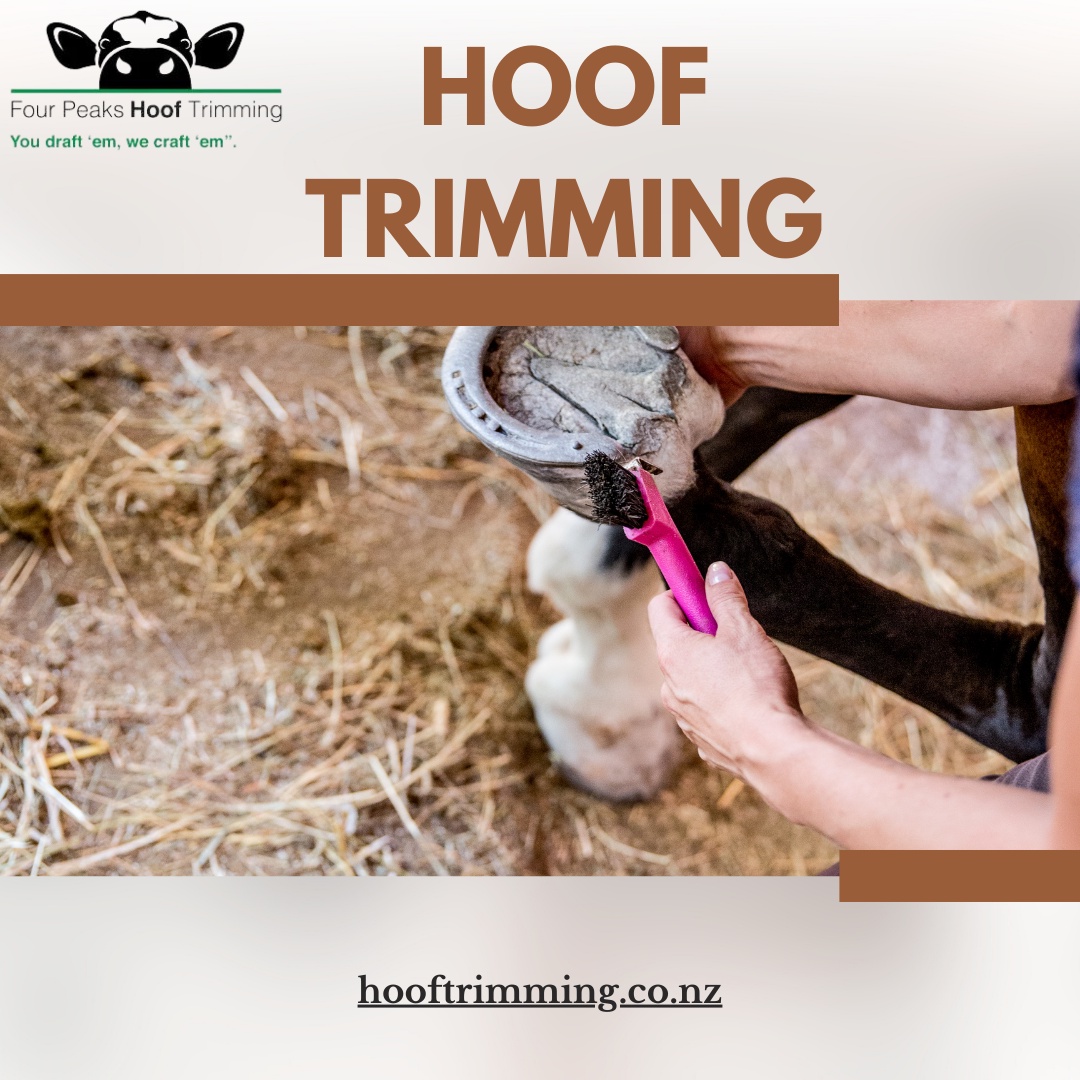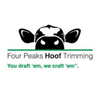Hello, equestrians and horse lovers! Taking care of your horse's hooves is crucial to their health and happiness, as any rider knows. The hooves of a horse are extremely important to the animal's mobility and comfort, much like our own feet are. That's why it's so important to know how a hoof is built, what kinds of issues can occur, and to have the necessary equipment. In this article, we'll delve into all these factors so you can provide your horses the best possible care for their hooves. Get on your saddle, and we'll explore foot care together!
The Hoof and Its Structure
The hoof, an incredible piece of natural engineering, is a horse's foundation for movement and support. Understanding its structure is key to maintaining your horse's overall health and soundness.
At first glance, the hoof may seem like a simple, solid object. However, it consists of several distinct parts that work together harmoniously. The outer layer is called the hoof wall or horn capsule. Made primarily of keratin—a tough protein—it provides protection against wear and tear.
Beneath the hoof wall lies the sensitive laminae, which connect the inner structures to the outer shell. This intricate network acts as a shock absorber during movement while also supplying vital nutrients to support healthy growth.
Moving inward, we encounter the coffin bone, or distal phalanx—the equivalent of our own fingertip bones—that forms the skeletal framework within the hoof. It plays a crucial role in weight-bearing and proper alignment.
Surrounding this delicate structure are supportive tissues such as tendons, ligaments, and muscles that aid in locomotion by providing stability and flexibility.
Understanding these components allows us to grasp just how complex and remarkable each equine hoof truly is, making regular care all the more important for their well-being.
Functions of the Hoof
The hoof is a remarkable structure that plays several important functions in a horse's overall health and well-being. Understanding these functions is crucial for horse owners to ensure proper hoof care.
One of the main functions of hoof trimming is to provide support and protection. The hard outer layer, known as the hoof wall, acts as a shield against external elements such as rocks and sharp objects. It also provides stability by distributing the weight of the horse evenly across its surface.
Another vital function of the hoof is shock absorption. Inside the hoof lie soft tissues, including a specialized structure called the laminae, which helps cushion each step and absorb impact forces generated during movement. This prevents excessive stress on bones and joints, reducing the risk of injury or lameness.
Additionally, hooves play an essential role in circulation. Blood vessels within the foot help transport oxygen-rich blood to tissues while removing waste products. Proper circulation is crucial for maintaining healthy hooves and promoting overall soundness in horses.
Furthermore, hooves contribute significantly to proprioception—a horse’s sense of where its feet are positioned in space. This enables them to navigate various terrains with accuracy and maintain balance during movements like jumping or galloping.
Understanding these key functions highlights why regular hoof care is essential for every horse owner. By providing proper trimming, cleaning, and monitoring for any signs of problems or abnormalities, you can help maintain strong hooves and promote overall equine health.
Common Hoof Problems
When it comes to the health of our horses, one area that requires special attention is their hooves. Hoof problems can be a major source of discomfort for horses and can even lead to lameness if left untreated. As horse owners, it's important to be aware of the common hoof problems that can arise and how to address them.
Thrush is a common problem that results from bacteria entering the frog of the hoof. This condition leads to a foul odor and black discharge in the affected area. Regular cleaning and proper hoof care can help prevent thrush from developing.
Another problem that horse owners may encounter is white-line disease. This occurs when fungi or bacteria invade the inner layers of the hoof wall, causing separation between the sensitive laminae and the outer wall. Prompt treatment by a farrier or veterinarian is crucial to preventing further damage.
Hoof abscesses are also fairly common among horses. These painful pockets of infection often result from trauma or an entry point for bacteria into the foot. Proper drainage and veterinary care are necessary for treating abscesses effectively.
Cracks in hooves are another typical issue that horse owners face. These cracks can occur due to dry conditions, improper shoeing, or underlying structural issues within the hoof itself. Regular maintenance by a professional farrier will help manage any existing cracks and prevent them from worsening.
Remember, early detection and proactive management are key when dealing with any potential hoof problems your horse may face! Stay vigilant in your observation efforts so you can catch any issues before they escalate into something more serious
Tools for Hoof Care
Hoof Trimming in Canterbury is an essential aspect of horse ownership. Keeping your horse's hooves in good condition not only promotes their overall health and well-being but also ensures their soundness and performance. To effectively maintain healthy hooves, it's important to have the right tools on hand.
One must-have tool for hoof care is a hoof pick. This simple yet indispensable tool allows you to clean out dirt, debris, and stones from your horse's hooves. Regular use of a hoof pick helps prevent infections such as thrush and keeps the hooves free from potential irritants.
Another valuable tool is a rasp or file. This tool is used for maintaining proper hoof length between farrier visits. By gently filing down any excess growth or uneven edges, you can help prevent cracks, chips, and imbalances that can lead to lameness issues.
A good pair of hoof nippers is also crucial for proper hoof maintenance. Professionals use these sturdy pliers-like tools to trim away overgrown areas of the hoof wall or remove loose flaps of sole material.
Experienced farriers frequently use specialized knives called loop knives for more complex hoof care tasks, such as trimming or shaping the frog area.
Investing in these essential tools will not only save you money on frequent farrier visits but also empower you to take an active role in your horse's foot health.
Remember that learning how to safely use these tools takes time and practice, so it's always wise to seek guidance from experienced professionals before attempting any complex procedures yourself.


No comments yet